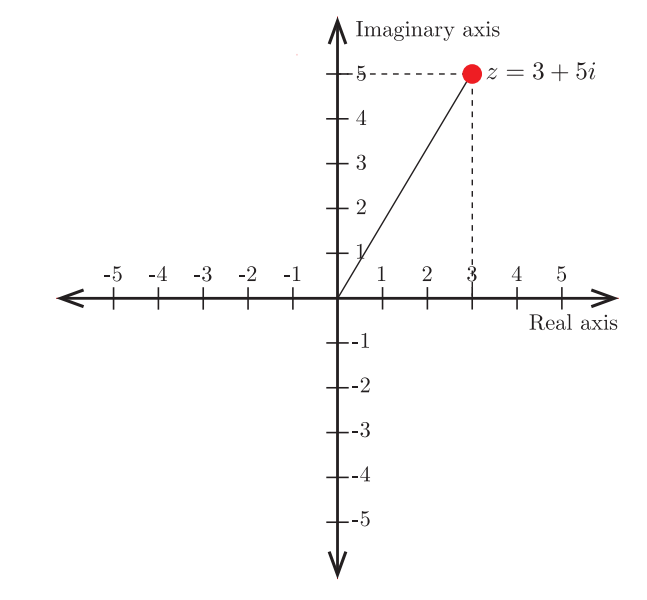Complex Numbers
Imaginary Unit
The imaginary unit, denoted by the symbol
Important Relations in Complex Numbers
Roots of Complex Numbers
Roots of Unity
Complex Number in Argand Plane
The Argand plane is a two-dimensional Cartesian coordinate system where the horizontal axis represents the real numbers, and the vertical axis represents the imaginary numbers. Thus, a complex number
In the Argand plane, the origin (0, 0) represents the complex number

Problems in Complex Numbers
Complex Number Problems: https://www.tinkutara.com/?s=complex
Algebra Problems: https://www.tinkutara.com/category/maths/algebra/
